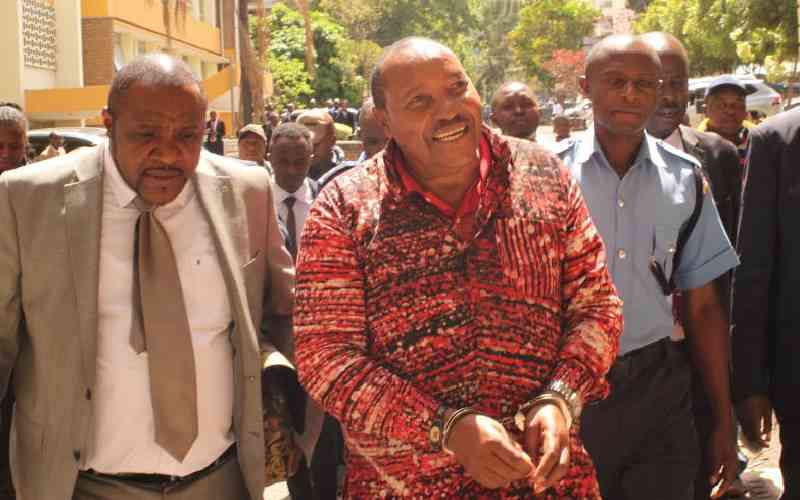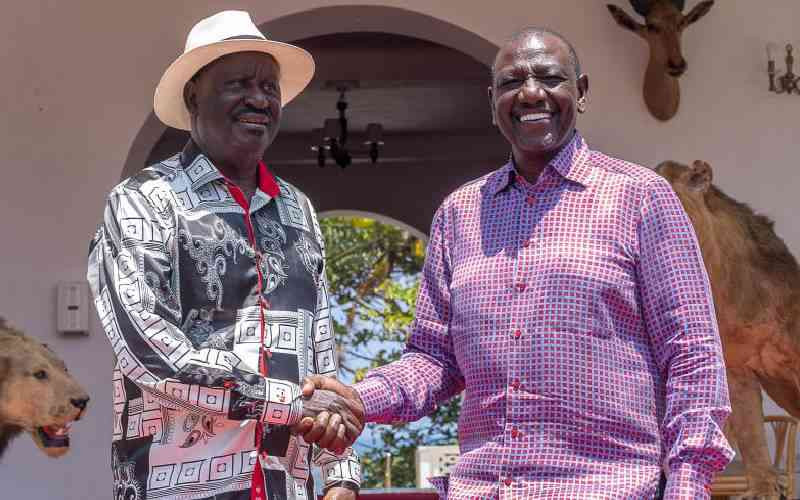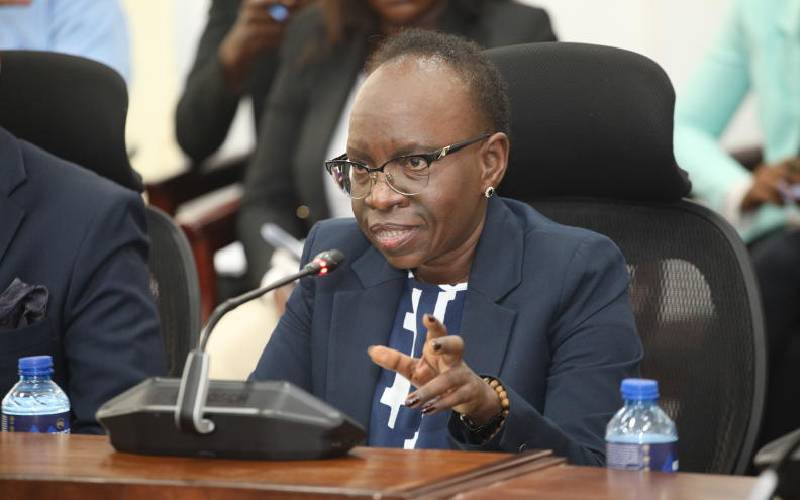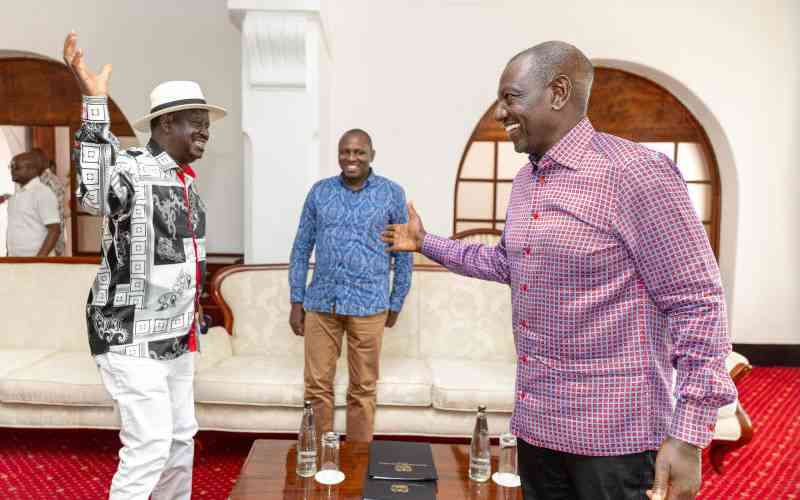By Kiratu Kamunya
No sooner had TJRC released the report of its findings than there was a chorus of public disapproval from sections of the society and pin-drop silence from the rest of the populace. Individuals mentioned adversely have been quick to threaten legal action.
On its part, the commission’s source of solace is that its mandate will automatically lapse exactly three months after releasing its findings and this may consequently present legal challenges to implicated persons in pursuing claims in court against it.
For the large group of our society which have opted to remain silent on the TJRC report, the reason is to be discovered in either their total ignorance of the commission’s mandate and activities or sheer indifference to a commission they have always perceived as quarrelsome from inception and thus eroding their confidence in its ability to deliver.
The witch hunt allegations levelled against TJRC together with the cold reception that has met its report is very worrying indeed.
It is important to interrogate the factors which led to the dismal performance of a commission which ought to have been the country’s best shot at healing our broken social fabric especially after spending millions of shillings of taxpayer’s money in a wild goose chase.
From the outset, the architecture of the commission was designed to sideline a critical constituency in any attempt in establishing truth and fostering healing: The perceived perpetrators of the various historical injustices.
These groups of individuals ought to have been brought on board by according them a platform to give their side of the story while encouraging confessions with a view to either grant them amnesty or persuade their victims to forgive them and hasten the process of their reintegration in to the society.
This was conspicuously missing from the commission’s foundation pillars and it can be argued that TJRC was on a doomed mission from the onset. Lack of enthusiasm to participate in the commission’s hearings by the general public especially the victims after the wrangles which beset TJRC, complicated the situation even further.
TJRC failed to learn from best case examples like Rwanda and South Africa to avoid pitfalls along the way while adopting the two countries’ strategies in bringing the victims and the perpetrators together and ultimately healing their nations.
Instead, TJRC preferred to regurgitate reports of previous commissions and integrate them as its own initiative. This lack of creativity became the commission’s waterloo.
One reason why the gacaca courts have been viewed as a case of great success has to do with ingenuity in customising the reconciliation and healing process to fit and serve the situation in Rwanda.
From the community-based courts and locally elected judges, the gacaca courts process has truly been an original Rwandese idea.
Acknowledge pain
The gacaca courts have so far prosecuted around 4,000 suspected perpetrators of the 1994 genocide with every adult in Rwanda participating in some way either as witness, defendant or by attending the weekly hearings.
Stay informed. Subscribe to our newsletter
With its plea-bargaining scheme, a vast majority of sentences have been commuted to community service allowing the perpetrators to be reintegrated into the same communities. As a result, genocide victims today live side by side with genocide perpetrators.
The obtaining atmosphere of tense but peaceful-coexistence has been brought about by a genuine search for justice and truth by avoiding legal rigidity in the face of extreme circumstances.
By having enormous number of communities engaged, better inter-ethnic relations have been realised.
There has also been remarkable success at expediting the post-genocide justice process, delivering accountability for hundreds of thousands of genocide perpetrators and acquittal of thousands of falsely accused suspects.
The opportunity for the victims to speak openly at gacaca about events concerning the genocide has contributed to their personal healing. On the other hand many guilty suspects have gained a sense of release from feelings of shame and social distraction by confessing to, and apologising for, their crimes in front of their communities and their wider communities.
Many survivors meanwhile claim to have overcome feelings of loneliness by publicly describing the personal impact of genocide crimes and receiving community acknowledgement of their pain.
The same can hardly be said about our TJRC! Its activities have been a stark contrast from the picture we have just painted above. In fact, efforts by President Uhuru and his deputy William Ruto in reconciling and fostering peace among the Kikuyu and the Kalenjin have by far outfoxed the TJRC endeavour.
The writer is a lawyer with Maina Ngaruiya Advocates.
 The Standard Group Plc is a
multi-media organization with investments in media platforms spanning newspaper
print operations, television, radio broadcasting, digital and online services. The
Standard Group is recognized as a leading multi-media house in Kenya with a key
influence in matters of national and international interest.
The Standard Group Plc is a
multi-media organization with investments in media platforms spanning newspaper
print operations, television, radio broadcasting, digital and online services. The
Standard Group is recognized as a leading multi-media house in Kenya with a key
influence in matters of national and international interest.
 The Standard Group Plc is a
multi-media organization with investments in media platforms spanning newspaper
print operations, television, radio broadcasting, digital and online services. The
Standard Group is recognized as a leading multi-media house in Kenya with a key
influence in matters of national and international interest.
The Standard Group Plc is a
multi-media organization with investments in media platforms spanning newspaper
print operations, television, radio broadcasting, digital and online services. The
Standard Group is recognized as a leading multi-media house in Kenya with a key
influence in matters of national and international interest.





